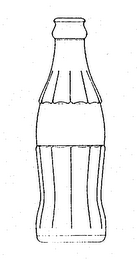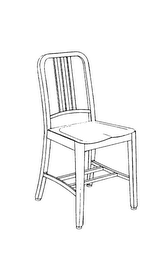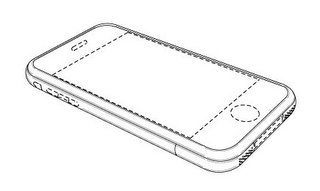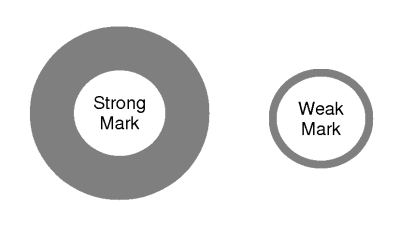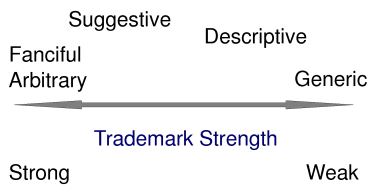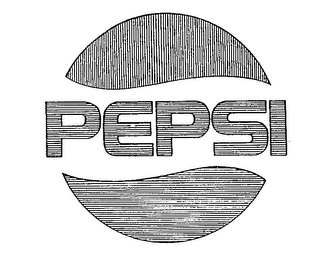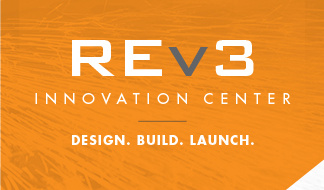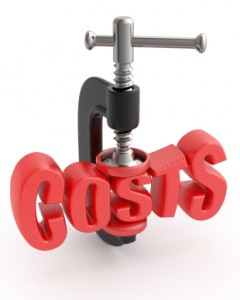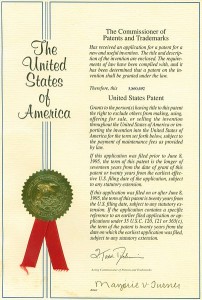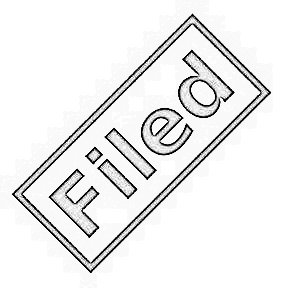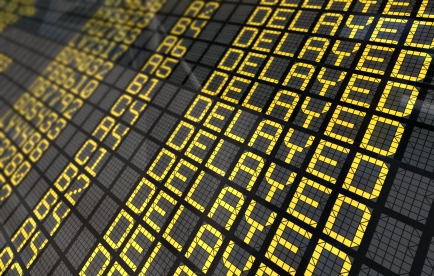 Many inventors are shocked to find out that once their patent application is filed, it may take one or two years before the US Patent Office acts on the application, and perhaps another one or two years after that for a patent to be granted (unless an accelerated request is made). This is due to the backlog of work at the US Patent Office.
Many inventors are shocked to find out that once their patent application is filed, it may take one or two years before the US Patent Office acts on the application, and perhaps another one or two years after that for a patent to be granted (unless an accelerated request is made). This is due to the backlog of work at the US Patent Office.
Does a long delay between the filing date of the application and the patent issue date hurt the inventor’s plans to exploit his invention? What if someone sees his product, copies it and sells it before the inventor has his patent?
Short Commercial Life
For inventions that have a short commercial duration, a long period of time between patent application filing date and patent issue date can be harmful. For example, if an invention was only useful for a particular model cell phone and not useful after the cell phone is replaced by a new model, the long delay could be detrimental to commercial exploitation of the invention, in that a copier of the invention could not be stopped before the commercial life of the product has already dried up.
Longer Commercial Life
However, for most inventions, the commercial viability of the invention lasts well beyond 3 or 4 years. In this case, the delay at the Patent Office to issue a patent is not necessarily detrimental and can work in the inventor’s favor. For example, once an application is on file, the inventor can exploit his invention by advertising, offering the invention for sale over the Internet and undertaking other commercial activities to create a market for the product. This is expensive. On the other hand, the costs of obtaining the patent are spread out and delayed.
Copier Makes a Market
During this “patent pending†period a copier is free to copy the invention since the inventor does not have an issued patent (except in certain usual circumstances). However, the copier will also spend money on creating a market for the product. The copier may be a company that is in a better position to advertise and create consumer demand for the product than the inventor. The copier could market the product for a few years before the inventor’s patent issues.
Patent Owner Takes Over Market
However, if and when a patent issues a few years later, the inventor will be in a favorable negotiating position with respect to the copier. The inventor can sue to stop further sales by the copier and take over the market share for the product that the copier created. Alternatively, the inventor can offer the copier a patent license at a higher rate since the copier has already invested money in developing and marketing the product and is more likely to accept such a license. Still further, particularly in the case where the inventor is not selling a product but wishes to sell the patent, the inventor can offer to sell the patent to the copier at a higher price since the inventor can otherwise sue the copier to stop further sales. The copier would also have an incentive to purchase the patent since the copier can now enforce the patent against other copiers.
Additional Time Added on End of Term
It should also be noted that the term of a US Patent is 20 years from the application filing date. If the duration to obtain the patent was delayed by the Patent Office more than three years from the filing date, the Patent Office grants additional time onto the term of the patent to make up for the delay. In effect, time is added onto the back end of the patent term which is typically more valuable than time at the front end of the patent term.
Beneficial Delay
For some inventors and companies, a delay in obtaining a patent due to the backlog at the Patent Office may actually be beneficial.
